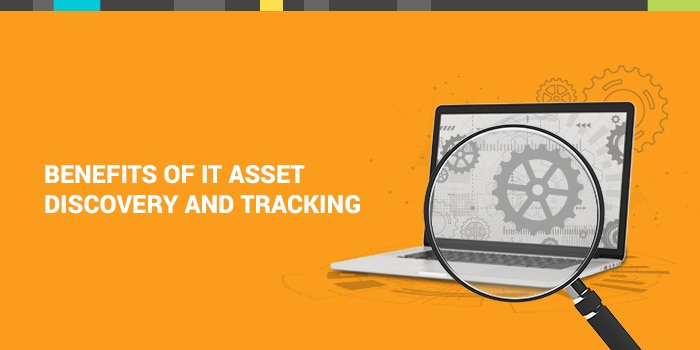As companies grow and mature, it's easy to feel trapped in an IT asset mud pit. IT pros faced with increasing numbers of users, more complex systems, and a variety of vendor products can lose track of IT assets, let maintenance slide, and run into compatibility issues. This is especially true in the current remote work and virtual school environments.
In order to simplify IT asset tracking, it’s important to monitor three critical data points.
Warranty information
Hard drive malfunctioning? Battery won’t hold a charge? Do we have budget to cover the repairs or is this device still under warranty? By keeping track of
warranty information on your IT assets, you can more effectively handle regular maintenance and proper service. By knowing when a warranty is expiring, you can get any necessary repairs done for a low cost or none at all.
For hardware devices, an IT asset management (ITAM) solution also helps IT teams identify particularly troublesome devices that need more than their fair share of repairs. This helps you steer clear of a brand or model that’s been troublesome when it's time to replace the asset. With a robust ITAM system in place, you can organize your assets by their warranty expiration dates and even set renewal reminders. All of this can add up to huge savings.
Previous tickets related to the device
An employee just submitted a ticket that says their laptop screen is completely black. They’re able to hear email and chat notifications, but they can’t see anything. At first glance, this might appear to be an isolated incident. But because you—being the savvy IT champion you are—have been tracking every related incident on the record for this asset, you know that this is a recurring issue for this employee.
An ITAM solution allows you to track related incidents to the ticket the employee submitted. Depending on what the history of the laptop is, you can decide to troubleshoot the cause of and fix the malfunction or simply replace it with a new machine. Sometimes it may not be necessary to invest in replacing devices. Before sinking money into a technology overhaul, IT may have training opportunities to help end users work around some of the repetitive incidents in the organization. Either way, the fastest way to address these issues is to track tickets to specific asset records.
Upgrade history
Are employees using the latest version of an application? When’s the last time you replaced [insert any one of hundreds of devices]? Whether hardware or software, it’s good practice to verify the condition of all assets in the business. Automated IT asset tracking reduces the time and errors associated with manual asset tracking across multiple spreadsheets.
By integrating IT asset management tools into your
service desk solution, you can further streamline software, system, and hardware upgrades throughout their entire lifecycle—and prioritize who and which departments may need upgrades first. These upgrades not only ensure efficiency and uniformity, but also security.
IT asset management software can be used for a myriad of tracking needs, but these three critical data points can serve as the foundation, especially since they may be the most common asset-related incidents in the business. During a time when employees are working remotely and schools are using more assets than usual for virtual learning, an
ITAM strategy allows IT pros to be proactive to users’ device and software needs.
For example, before a user even knows they need an upgrade, an IT pro can notify them days ahead of when the upgrade is due and make accommodations for them to complete the update. IT asset tracking is a driving force behind faster resolutions times. A historical record of incidents for each asset can help IT pros find the relationships between assets, as well as diagnose and resolve the issue quicker, which gives users back time that would’ve been lost if an ITAM system wasn’t in place.



